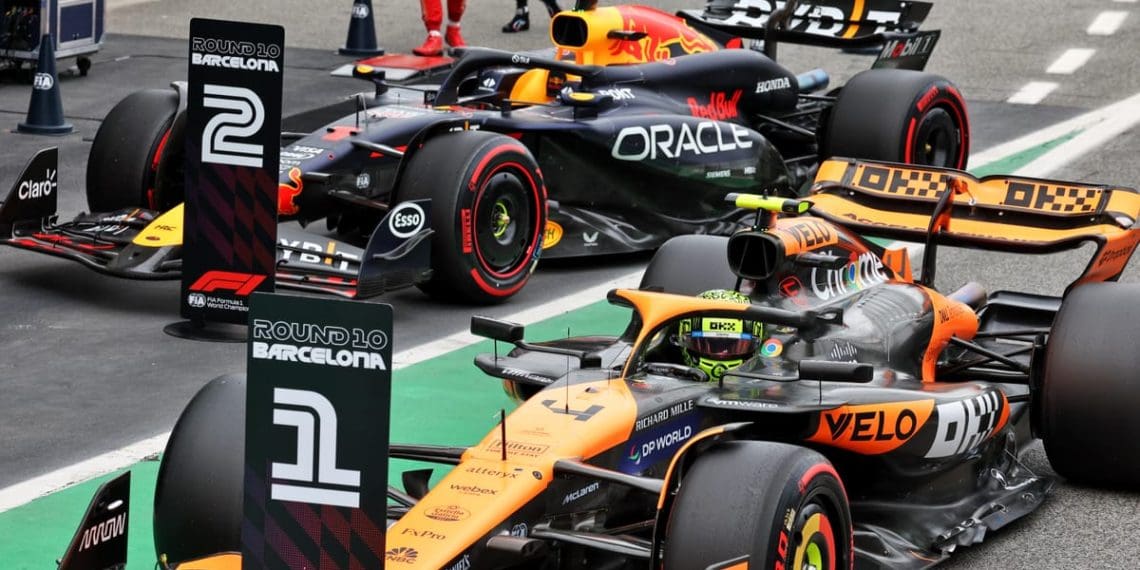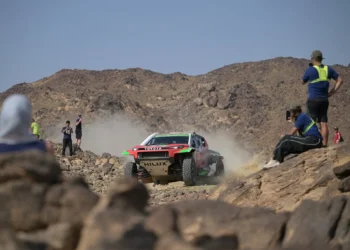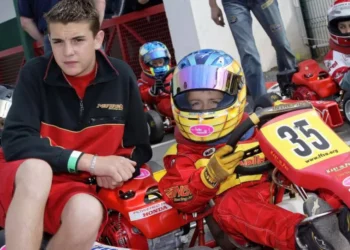The battle for pole position in the Spanish Grand Prix took an unexpected turn. Lando Norris and Max Verstappen surpassed Mercedes and Ferrari by over three tenths of a second. This change in performance can be attributed to two factors. Firstly, Red Bull and McLaren managed to gain a 0.3-second advantage over cars that were previously very close in terms of speed. Secondly, the dynamics between Red Bull and McLaren shifted during qualifying.
Carlos Sainz provided information regarding the first issue. He explained that Red Bull and McLaren had an advantage over Ferrari and Mercedes when they increased the settings of their power units (PU). This extra power allowed them to maintain higher speeds in the corners, especially in turns 9 and 14. The Ferrari and Mercedes cars struggled with the aerodynamic oscillation effect at these higher speeds, which affected their performance.
The cooler track conditions during qualifying also played a role in the performance change. The track temperatures dropped significantly compared to the practice sessions, which improved tire grip and overall performance. However, the oscillation effect caused by the power increase was better controlled by Red Bull and McLaren in the fast corners.
The Red Bull car demonstrated superiority in the super-fast corners, while McLaren excelled in the slower corners. Red Bull had to make minor adjustments to their setup to deal with stability issues, which led them to choose a larger wing for qualifying. However, in hindsight, the cooler track conditions would have helped with the car’s balance, making the switch to a larger wing unnecessary.
In the last laps of Q3, Max Verstappen secured provisional pole position with a lead of over 0.1 seconds over Lando Norris. Despite the difference, Norris did not give up and made an effort to extract more from his performance. He had been working to improve his qualifying performance and approached this race with a different mindset. The improvements made by his team and the progress of the car allowed him to secure pole position.
Norris identified the high-speed corners, specifically corners 9 and 14, as the areas where he needed to improve. These corners were challenging due to the movement and oscillation of the car at high speeds. He had to take risks and fully commit to achieve the desired results. His last lap was almost flawless and he considered it one of his best performances.
Comparing Norris’ first lap in Q3 with the last one, it is evident that he gained confidence and commitment in the high-speed corners. He increased the use of the throttle and achieved a faster speed on the straight. Although there was still room for improvement compared to Verstappen, who had a more aggressive setup, Norris made the most of the track grip and secured pole position.
This qualifying duel between Norris and Verstappen may be the beginning of many exciting battles in Formula 1.









